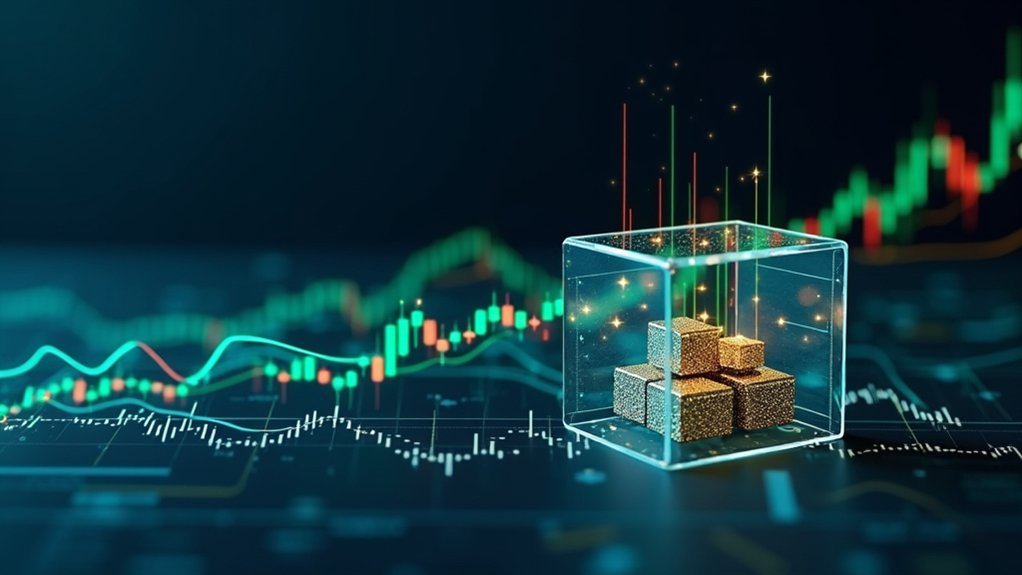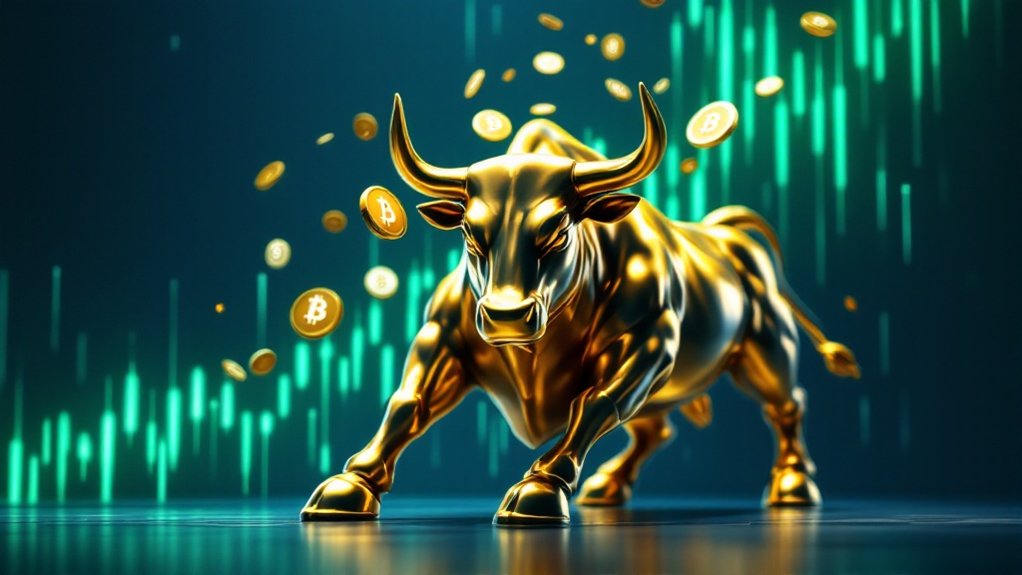ETF stands for Exchange-Traded Fund, an investment vehicle introduced in 1993 that combines mutual fund diversification with stock-like trading flexibility. ETFs track specific indices, sectors, or asset classes and trade on exchanges with real-time pricing. They offer advantages including transparency, cost efficiency, and tax benefits. By 2023, global ETF assets reached $11 trillion, with nearly 10,000 options available worldwide. The market continues expanding as both retail and institutional investors increasingly immerse themselves in these versatile instruments into modern portfolios.

The investment world's landscape has been dramatically transformed by the introduction of Exchange-Traded Funds (ETFs), financial instruments that combine the diversification benefits of mutual funds with the trading flexibility of individual stocks. ETF stands for Exchange-Traded Fund, a term that has become increasingly significant in investment portfolios since its introduction in 1993.
These investment vehicles trade on stock exchanges throughout market hours, offering investors real-time pricing unlike traditional mutual funds which only trade once daily after market close.
ETFs typically consist of a basket of securities including stocks, bonds, or commodities that track specific indices, sectors, or asset classes. Their structure provides immediate diversification, as a single ETF can contain dozens or even hundreds of individual securities. This characteristic makes them particularly attractive to investors seeking broad market exposure without the complexity of selecting individual assets.
"The transparency of ETFs represents one of their key advantages," market analysts often note, as most ETFs disclose their holdings daily.
The daily disclosure of holdings gives ETFs an unmatched level of transparency that empowers informed investment decisions.
The cost efficiency of ETFs has contributed significantly to their popularity. With generally lower expense ratios than comparable mutual funds, ETFs have democratized access to sophisticated investment strategies. ETF investors benefit from the ability to short or buy on margin, offering additional strategic flexibility for those seeking complex trading approaches.
Most ETFs are passively managed, meaning they aim to replicate the performance of an underlying index rather than outperform it, resulting in lower management fees. This passive approach typically leads to lower portfolio turnover, which can improve tax efficiency for investors. Unlike mutual funds that may pass capital gains taxes to investors during the holding period, ETFs generally incur capital gains tax only when the investor sells their position.
By 2023, global ETF assets reached an impressive $11 trillion, with the U.S. market accounting for more than $7 trillion of that total. The variety of available ETFs has expanded dramatically, with nearly 10,000 ETFs accessible worldwide.
Investors can now choose from stock ETFs, bond ETFs, commodity ETFs, currency ETFs, and various specialty types including inverse and augmented products.
The trading characteristics of ETFs provide flexibility not found in traditional mutual funds. Investors can execute various order types including market, limit, or stop orders throughout the trading day.
This feature allows for more precise implementation of investment strategies and potentially quicker responses to market developments. The continuous innovation in ETF products and strategies, combined with increasing adoption by both retail and institutional investors, suggests that ETFs will remain a cornerstone of modern investment portfolios well into 2025 and beyond.
Frequently Asked Questions
What Are the Tax Implications of Investing in ETFS?
ETFs generally offer superior tax efficiency compared to mutual funds due to their in-kind creation/redemption process. This structure minimizes capital gains distributions, particularly in passive index ETFs.
Long-term capital gains from ETF sales are taxed at preferential rates (up to 23.8%), while short-term gains face ordinary income rates.
Special tax considerations apply to commodity ETFs (28% collectibles rate), futures-based ETFs (60/40 rule), and currency ETFs (ordinary income treatment).
Investors receive tax documentation via Forms 1099-DIV and 1099-B.
How Do ETF Expense Ratios Compare to Mutual Funds?
ETFs generally offer lower expense ratios than mutual funds. In 2023, index ETFs averaged 0.16% compared to actively managed mutual funds at 0.60%.
This cost advantage stems from ETFs' passive investment strategies and structural efficiencies. While index mutual funds can be competitive at 0.06%, the overall mutual fund category remains more expensive.
This expense differential significantly impacts long-term returns, potentially translating to thousands of dollars over decades of investing.
Can ETFS Be Included in Retirement Accounts Like IRAS?
ETFs can indeed be included in both traditional and Roth IRAs. These investment vehicles offer significant advantages within retirement accounts, including tax efficiency and diversification options.
Most types of ETFs qualify as IRA-eligible investments. Investors benefit from no capital gains taxes on ETF trades within their IRAs, though standard IRA contribution limits apply.
ETFs typically feature lower expense ratios than mutual funds, making them cost-effective components of long-term retirement planning strategies.
How Do Leveraged and Inverse ETFS Differ From Standard ETFS?
Utilized and inverse ETFs differ fundamentally from standard ETFs in their objectives and mechanisms.
While standard ETFs simply track an underlying index or asset, utilized ETFs use derivatives to multiply returns (2x or 3x), and inverse ETFs deliver the opposite performance of their benchmark.
These specialized ETFs reset exposure daily, creating compounding effects that make them unsuitable for long-term holding.
They also carry higher expense ratios and significantly greater risk profiles than their conventional counterparts.
What Happens to My ETF Investment if the Provider Closes?
When an ETF provider closes a fund, investors have two options. They can sell shares on the open market before the final trading day, or hold until liquidation and receive a cash distribution equal to NAV.
The closure process typically spans 1-2 weeks from announcement to payout. Investors should monitor for potential tax implications, widening bid-ask spreads, and reinvestment challenges.
Maintaining diversification across multiple ETFs helps mitigate closure impact risk.
References
- https://www.investopedia.com/terms/s/stock-etf.asp
- https://www.acaglobal.com/insights/potential-benefits-etf
- https://www.religareonline.com/blog/advantages-and-disadvantages-of-investing-in-etfs/
- https://www.bankrate.com/investing/what-are-etfs/
- https://www.statestreet.com/us/en/asset-manager/insights/etfs-2025-outlook
- https://www.investopedia.com/articles/exchangetradedfunds/11/advantages-disadvantages-etfs.asp
- https://www.experian.com/blogs/ask-experian/pros-and-cons-of-investing-in-etfs/
- https://www.ishares.com/us/investor-education/etf-education/what-is-an-etf
- https://www.cfainstitute.org/insights/professional-learning/refresher-readings/2025/exchange-traded-funds-mechanics-applications
- https://www.sofi.com/learn/content/benefits-of-ETFs/





